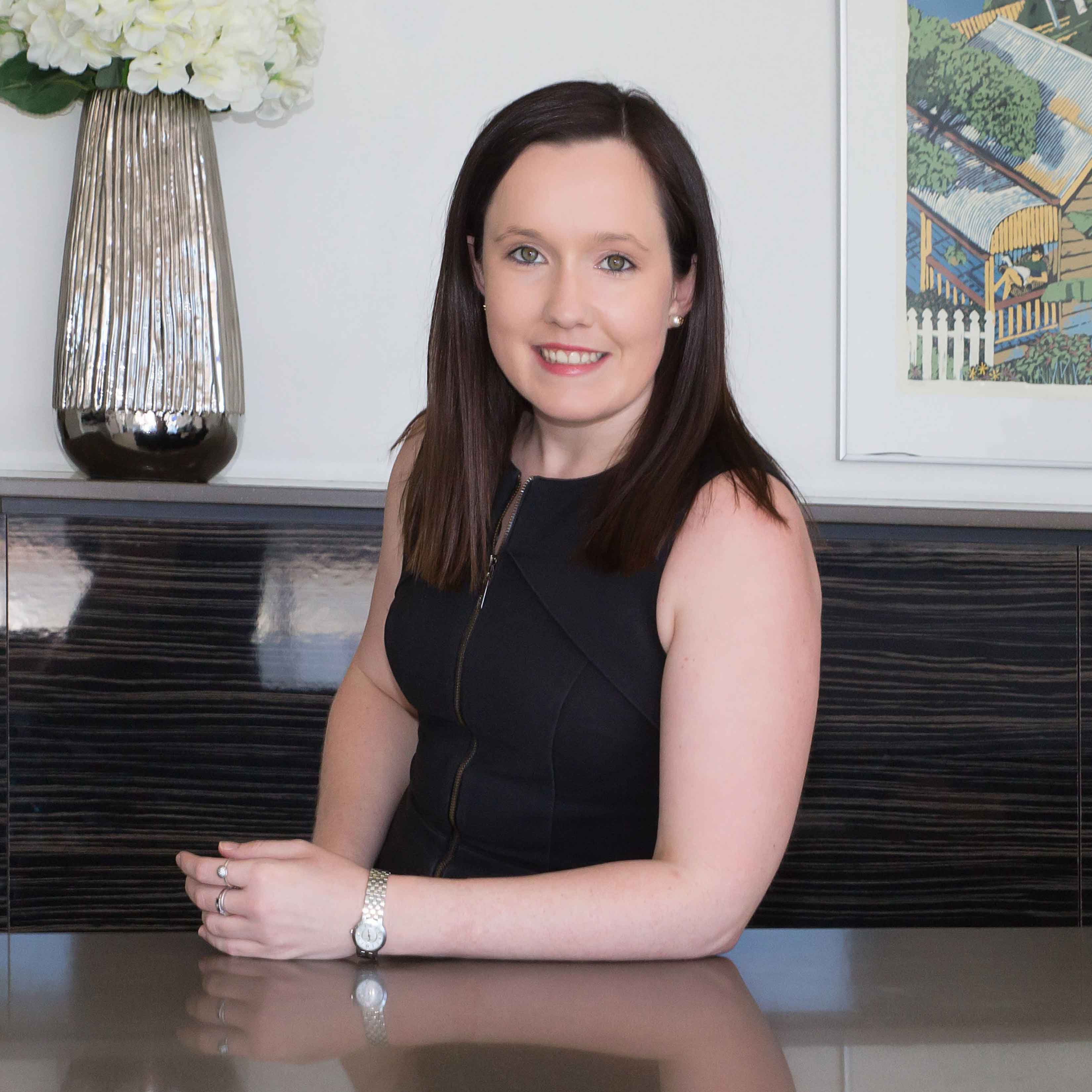What is Gross Rental Yield?
Gross rental yield is a key metric for any property investor and is often referenced by agents and vendors, but what is gross rental yield?
Put simply, gross rental yield is the total annual rental income received from a property before tax. It’s expressed as a percentage of the property’s purchase cost. The higher the yield, naturally, the better.
Gross rental yield is just one figure which can be useful when analysing a property, especially when comparing one property to another when looking to buy. It’s a good indicator, but not the full picture of whether a property is a good investment or not.
Distinct from gross rental yield is net rental yield. Net rental yield takes into account expenses, which in the world of property, can be substantial. This means there can be a big difference between gross and net rental yield.
How do you calculate gross rental yield?
To calculate gross rental yield, investors need to take either the weekly or monthly rent to work out the annual rental income, then divide by the property’s purchase cost and multiply it by 100, to get a percentage figure.
The calculation looks like this; Gross rental yield = (annual rental income/property value) x 100.
Ben Kingsley, the CEO of specialist property advisory firm Empower Wealth and co-author of The Armchair Guide to Property Investing, looks at an investment property purchased for $500,000, which earns $500 a week rent.
He says to get the yearly rent, multiply the $500 a week by 52 weeks to get $26,000. Then, divide $26,000 by $500,000, which equals 0.052, then times by that by 100, to get 5.2 per cent.
Why is gross rental yield important?
Gross rental yield is the income an investor receives from the property, usually on a monthly basis, so naturally it matters to all investors and can be a determining factor in choosing one property over another when buying.
“A higher gross rental yield means the investor gets more income from the property,” Kingsley says.
If an investor has costs associated with the property, like loan interest, body corporate fees, property management fees and maintenance, the higher this income, then the less out-of-pocket costs for the investor.
But investors need to be able to “hold” the property to reap the yield, of course. “There’s no point purchasing an investment property if you can’t afford to cover the costs of holding it for the long term,” Kingsley says.
That’s because ultimately, the goal of investing in property is to grow wealth and income to be able to combine these investment returns with superannuation for a comfortable retirement.
Is buying a rental a good investment?
Deciding if buying a rental property is a good investment is complicated.
Kingsley says those new to property can sometimes make the mistake of thinking gross rental yields are the most important consideration when selecting an area and a property to buy in that area. While it’s a critical element, the future capital growth of a property is where significant investment returns lie, Kingsley says. Capital growth looks purely at how much the value of a property might rise over time.
“Think of it in these simple terms; the higher the value of the property, the higher the rent you can charge,” he says.
So, locations across Australia can offer really high rental yield, but on further investigation, the locations have experienced below par capital growth.
Don’t be seduced by really high rental yields in remote areas of Australia, with little prospects of good overall returns. “We have a saying; ‘capital growth is what you get out of the investing in property and rents are what keeps you in it the game’,” Kingsley says.
Capital growth provides the chance to “release the equity” from a property, and also use the rental income to potentially support an additional investment property purchase down the track.
“Hence there’s an argument that the main aim is not about getting a high cash flow return on your property, it’s about investing for capital growth. If the capital growth is there, the rent will increase accordingly,” he says.
Ultimately, how someone invests in property comes down to their cashflow position, risk appetite and your overall wealth building strategy.
What’s a good gross rental yield?
What constitutes a good return depends on the investor’s individual circumstances, Kingsley says.
For an investor with a sizeable amount of surplus cashflow, then rental yields as low as 2.5 per cent may work, if they’re chasing a pure capital growth location and property.
“If you want to contribute less of your own money, then your focus on rental yield will be more important. A yield ranging for 3.5 to 5 per cent might be more your cup of tea. Rental yields above 5 per cent in this current market are harder to find and you will be scarifying some long-term capital growth potentially,” he says.
Would you like some more information on investing in property? Send me a message HERE, and I can send through some information to assist you.
The above information has been sourced from Realestate.com.au. To read the full article CLICK HERE.
